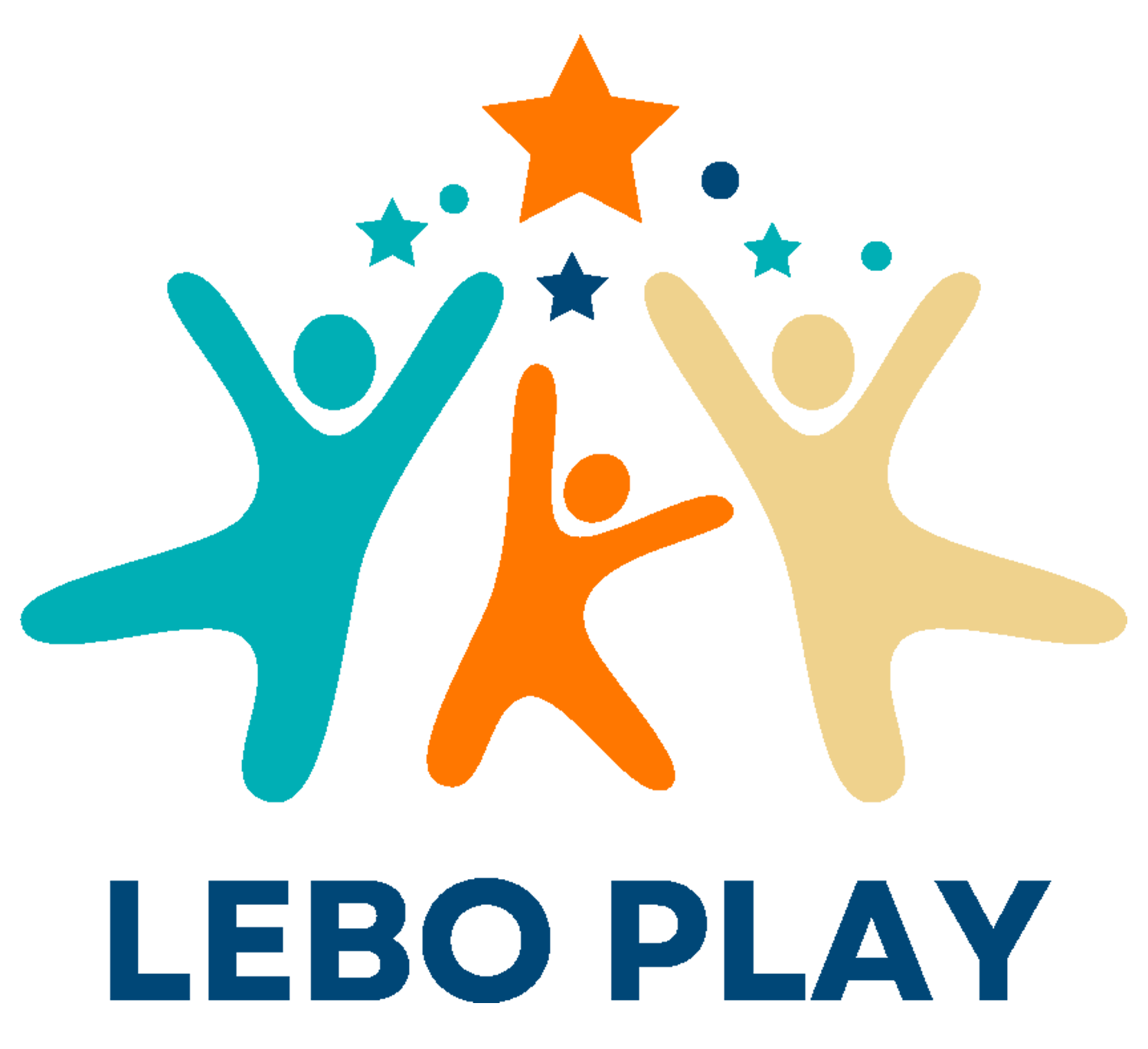In the competitive world of family entertainment, creating a memorable experience is critical to attracting and retaining customers. For venue operators, a custom indoor playground can be a powerful tool to make your business stand out and turn it into a place families must visit. Customization allows you to create a space that is not only visually unique, but also tailored to the specific needs and preferences of your audience. By aligning your playground’s design with your brand identity and target market, you can create an environment that gets attention, appeals to your customers, and encourages repeat visits.
To customize your indoor playground, define your vision, target audience, and budget. Gather inspiration and consult a reputable supplier for layout and theme ideas. Prioritize safe, durable materials, add custom branding, finalize costs, and plan installation. Market your unique playground!
In this guide, I’ll walk you through the basic steps of customizing your indoor playground equipment. From initial brainstorming to final installation, I’ll take you through each step and show you how to create a one-of-a-kind play area that’s safe, attractive, and aligned with your business goals.
How to Customize Your Indoor Playground
Step 1: Define Your Vision and Goals
The first step in creating a custom indoor playground is identify your goals. This vision will guide your choices throughout the process.
- Identify Your Target Audience: Before you begin designing, take a moment to define who you’re building this playground for. Are you primarily targeting families with young children, teenagers, or a mix of age group? Different age groups have different play preferences, and knowing your target audience will help you make better choices when it comes to equipment and design. Additionally, consider any specific demographics or cultural preferences in your community that could influence your theme or play features.
- Establish Clear Goals for Your Playground: What do you hope to achieve with your custom playground? Maybe you want to attract more foot traffic, offer a unique entertainment feature, or create a themed environment that sets your business apart. Your goals will guide you throughout the customization process, helping you make choices that align with your vision.
- Set a Preliminary Budget: Customization offers unlimited possibilities, so setting a realistic budget is key. Decide on a budget range that is comfortable for you. This will affect design choices, the materials you use, and the complexity of features you can include. A clear budget will also streamline conversations with your supplier and help them recommend options that fit within your financial parameters.
Step 2: Research and Gather Inspiration
Next, you need to brainstorm different ideas and themes that would work for your venue. You can find inspiration in many sources.
- Explore Successful Examples: Look at other successful indoor playgrounds in similar locations or check out online resources for design inspiration. Figure out what makes these playgrounds work, from color schemes and layout to the type of play structures they use. When you understand what works for others, you can get ideas that could be perfect for your place.
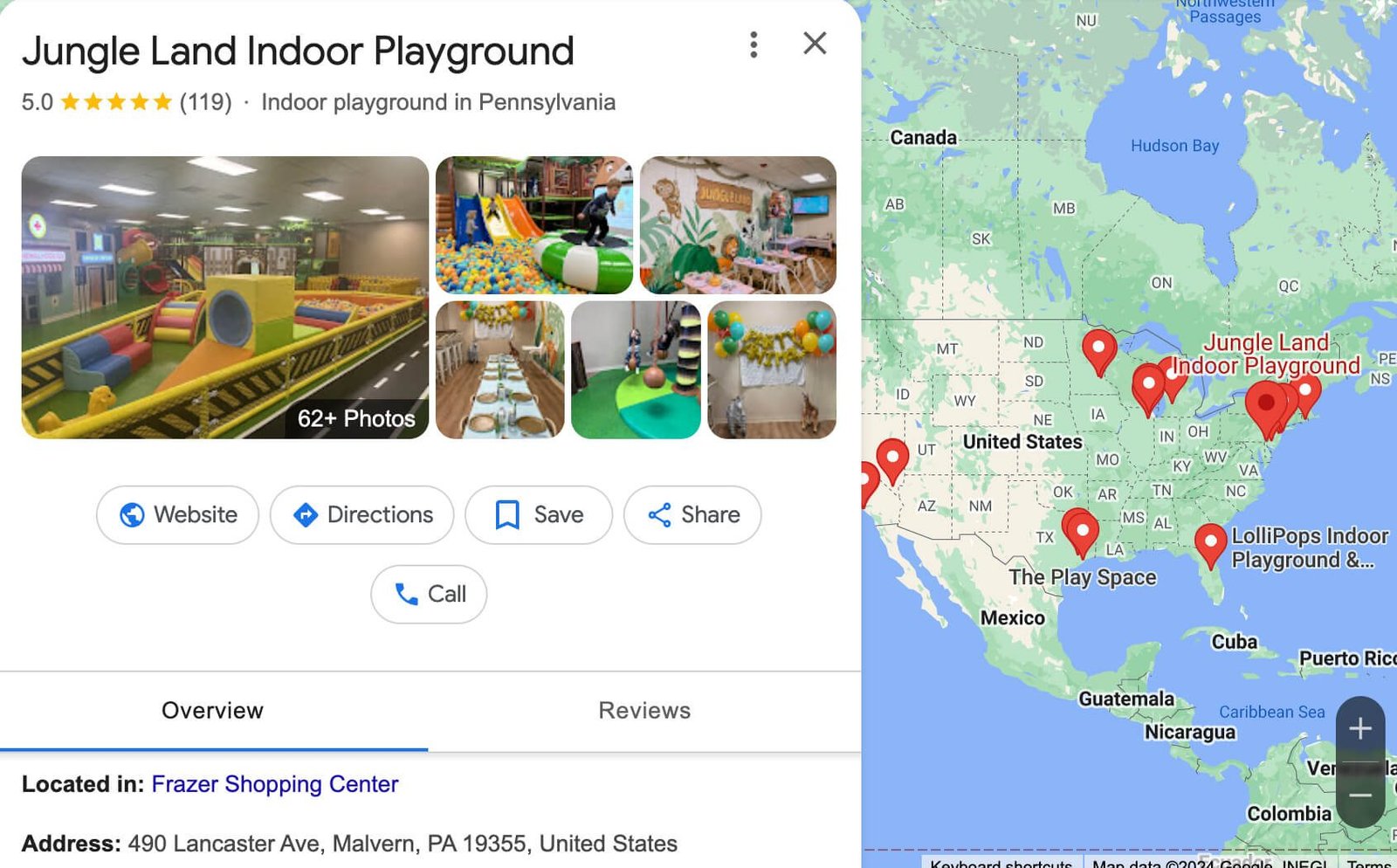
- Identify Trending Themes and Features: Popular themes can really make your playground stand out. Themes like jungle, ocean, space, or ninja give you the ability to create a cohesive look and feel, while trending features like trampolines, ninja courses, or interactive play walls add that wow factor. Think about the themes and things to do that would resonate most with your customers and make the most sense for your brand.
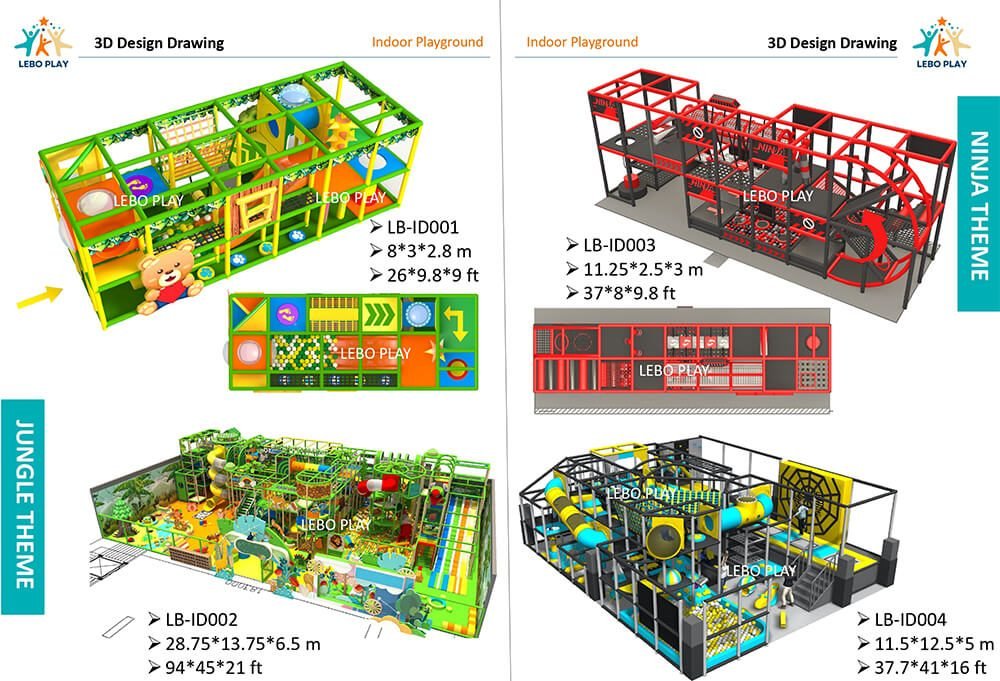
Compile a List of Must-Have Features:Think about the essential elements you want in your playground, such as slides, ball pits, climbing walls, or interactive play walls. Prioritizing these features will help ensure that your final design meets the needs of your audience.
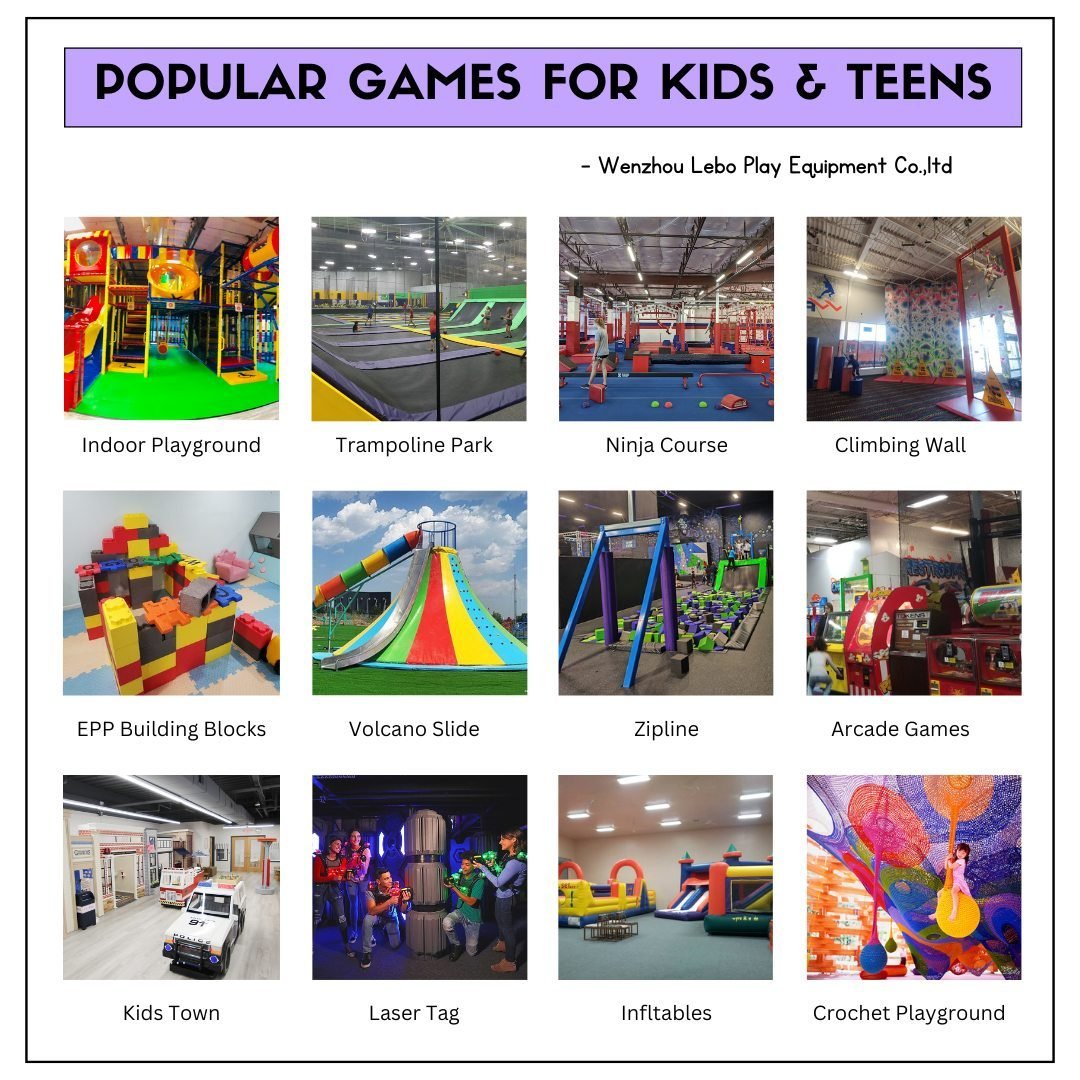
Step 3: Consult with a Professional Indoor Playground Supplier
Choosing the right supplier is critical to the success of your project. A reputable supplier can provide valuable expertise to ensure your playground is both safe and engaging.
Find a Reputable Supplier: Choosing the right supplier is crucial to a successful customization experience. Look for a supplier that has a strong reputation in the industry, expertise in custom-made playgrounds, and certifications to safety standards like ASTM, EN1176, or TUV. Reading customer reviews and checking out their previous projects can also give you a good sense of their work quality and reliability.
Discuss Your Vision and Requirements: Once you’ve selected a supplier, schedule a consultation to share your ideas, goals, and budget. An experienced supplier will offer valuable insights and suggest options based on your needs. They might recommend specific materials, layouts, or features that you hadn’t considered but could be perfect for your space.
Consider Logistics and Timelines: Ask your supplier about the expected timeline for design, production, and installation. If you’re importing equipment, check for any potential shipping constraints or import requirements. Understanding the logistics will help you plan around peak business times and ensure a smooth, timely installation.
Step 4: Work with Your Supplier on Design and Layout
Work with your supplier to develop a detailed design that maximizes your space while maintaining safety and aesthetic appeal.
Develop a Customized Floor Plan: Work with your supplier to create a floor plan that maximizes your available space. A good layout will include safe pathways, comply with safety regulations, and optimize play zones to keep children engaged. An efficient floor plan ensures that every square meter is used effectively, balancing play areas with essential features like seating or observation zones.
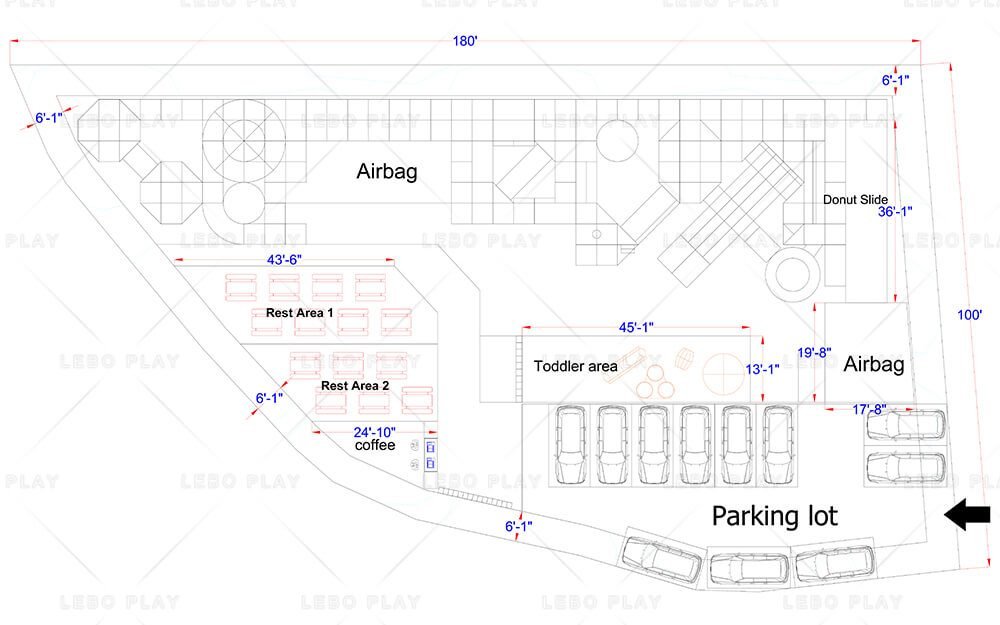
Choose a Theme and Color Scheme: Colors and design elements play a big role in setting the mood of your playground. Choose a theme and colors that reflect your brand identity or cater to the intended age group. If your target audience is younger children, vibrant colors and friendly, cartoon-like designs may be appealing. For an older audience, consider bold, sophisticated themes or interactive zones.
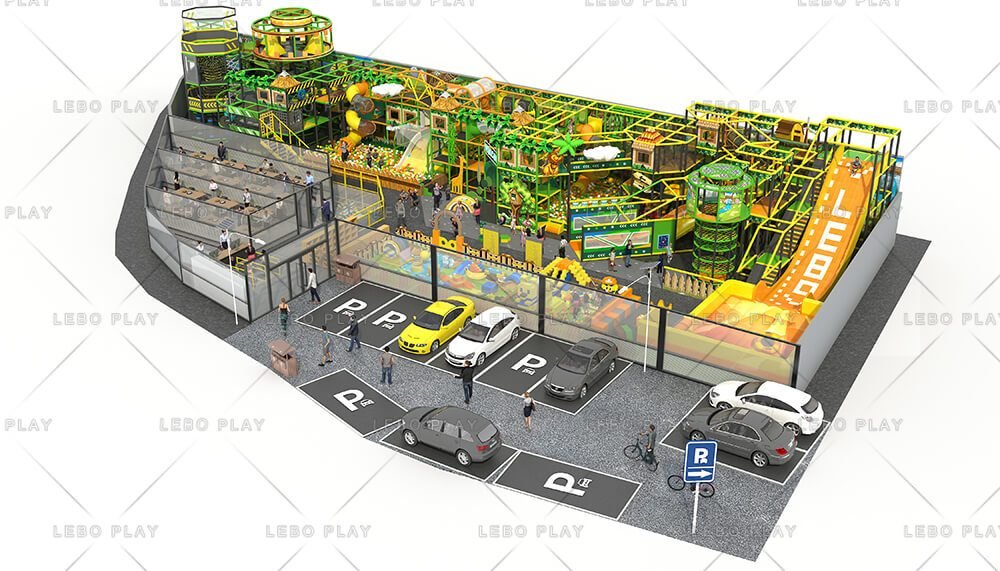
Balance Fun and Functionality: Your playground should be fun but also functional. Incorporate a mix of dynamic and quiet play areas, making sure to avoid overcrowding. Having a variety of activities—like climbing, sliding, and interactive play—keeps kids engaged for longer. Don’t forget to create comfortable areas for parents to relax, as this can make the space more appealing for families.
Step 5: Customize Special Features and Add-Ons
Adding unique features can set your playground apart and provide an immersive experience for your visitors.
Incorporate Interactive and Sensory Elements: Interactive elements like sensory panels, play walls, or musical components can enhance the play experience and make your playground stand out. These features add variety and can engage children in different ways, appealing to their curiosity and creativity.
Add Custom Branding: Many suppliers offer customization options for branding, such as incorporating your logo or using custom colors that match your venue’s branding. This branding gives your playground a unique identity and reinforces your brand presence.
- Integrate Technology If Suitable: For venues targeting older children, consider adding tech-based elements like digital games or augmented reality features. Technology can add an extra layer of excitement, making your playground more attractive to today’s tech-savvy families.
Step 6: Select High-Quality, Safe Materials
Safety should always be a top priority when designing an indoor playground. Choose materials that meet stringent safety standards and are durable enough for heavy use.
Prioritize Safety Standards: Safety is paramount in any playground. Ensure that all materials and equipment meet local safety standards, such as ASTM or EN1176, and are suitable for the age group you’re targeting. Compliance with safety standards helps protect your customers and reduces liability risks for your business.
Choose Durable Materials: Opt for materials that are long-lasting and easy to maintain. Consider UV-resistant plastics, foam padding, and non-slip surfaces to withstand heavy use and keep the playground safe. Durability is especially important for high-traffic areas and any outdoor components.
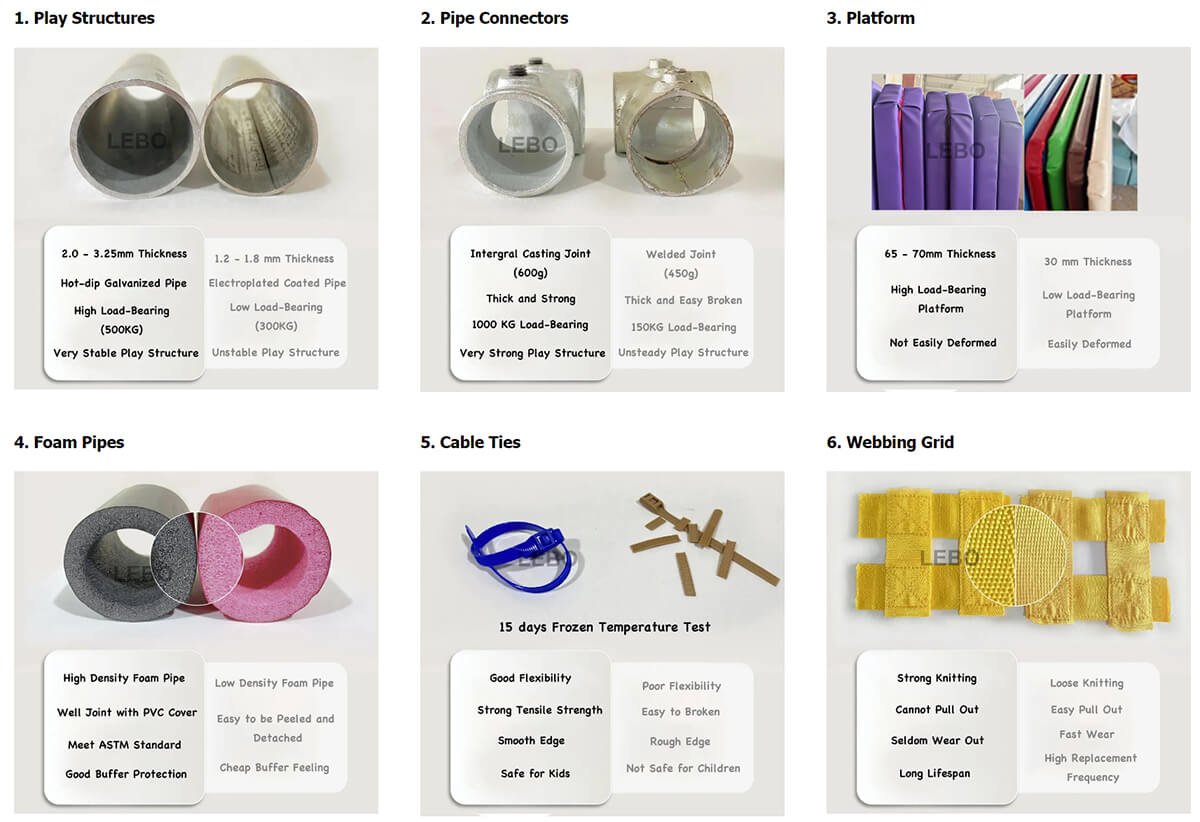
Consider Maintenance Needs: Each component will have its own maintenance requirements. Ask your supplier about maintenance needs for each material or feature to ensure they align with your operational capacity. Regular upkeep will keep your playground safe and extend its lifespan.
Step 7: Finalize Budget and Prepare for Installation
Once the design and layout are finalized, it’s time to confirm costs and prepare for installation.
Review the Finalized Quote: Once all design elements and materials are selected, review the final quote with your supplier. Make sure all elements, materials, and labor costs are clearly outlined. Adjust any features if needed to stay within your budget without compromising essential elements.
Plan for Installation: Coordinate with your supplier to schedule the installation at a convenient time. Consider your venue’s busiest times and aim to avoid interruptions. Proper planning will help ensure a smooth installation and minimize downtime.
Prepare for Safety Inspection: Before opening your new playground, conduct a thorough safety inspection. Ensure all equipment is installed securely, and check that everything complies with local safety regulations. This step is crucial for customer confidence and operational readiness.
Step 8: Market Your Custom Playground
Once your playground is ready, it’s time to promote it and attract customers.
- Announce your New Indoor Playground on Social Media: Build excitement by sharing progress updates, sneak peeks, and opening announcements on social media platforms like Instagram and Facebook. Generating buzz can help attract attention even before the playground opens.
Host a Grand Opening Event: Celebrate the new playground with a grand opening event! Consider offering special promotions, giveaways, or inviting local influencers or media to increase visibility. A successful launch event can bring in a crowd and establish your playground as a go-to family destination.
Highlight Unique Features in Marketing Materials: Emphasize the customized elements that set your playground apart. Whether it’s the unique theme, custom branding, or special features, highlight what makes your playground unique in your marketing efforts to attract your target audience.
Conclusion:
Customizing your indoor playground is an investment that pays off in multiple ways. Not only can it attract more visitors, but it also builds a space that aligns with your brand, meets your business goals, and enhances the customer experience. By creating a unique, thoughtfully designed play environment, you’re providing a memorable experience for families that will keep them coming back.
Are you ready to start planning your custom indoor playground? Reach out to a trusted supplier for a consultation and take the first step towards bringing your vision to life! Contact us at Lebo Play, and let’s build a playground that makes your venue the talk of the town.
